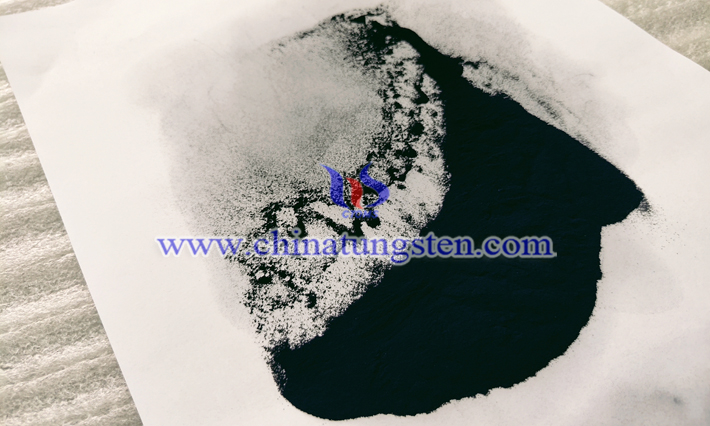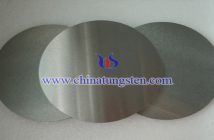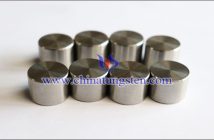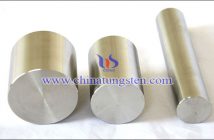The reason why cesium tungsten bronze can be applied for preparing coating glass is that cesium tungsten bronze nanopowder is an excellent near-infrared shielding material. While it is also found that cesium tungsten bronze powder exhibits slight chromatic instabilities typically upon applications of strong ultraviolet light or heating in humid environment, which is a drawback for long-life commercial applications.
More details, please visit:
http://cesium-tungsten-bronze.com/index.html

In this regard, some experts have investigated the origin of the chromatic instabilities in cesium tungsten bronze. And they found that the coloration and bleaching processes comprised electronic exchanges which accelerate or depress the polaron excitation and the localized surface plasmon resonance. Coloration on UV illumination is evidenced by electron diffraction due to the formation of HxWO3, which is considered to take place in the surface Cs-deficient WO3 region via the double charge injection mechanism. And bleaching on heating in air and in humid environment is shown to accompany the extraction of Cs and electrons from Cs0.33WO3 by X-ray photoelectron spectroscopy and X-ray diffraction analysis and is concluded to be an oxidation of Cs0.33WO3 on the particle surface.




